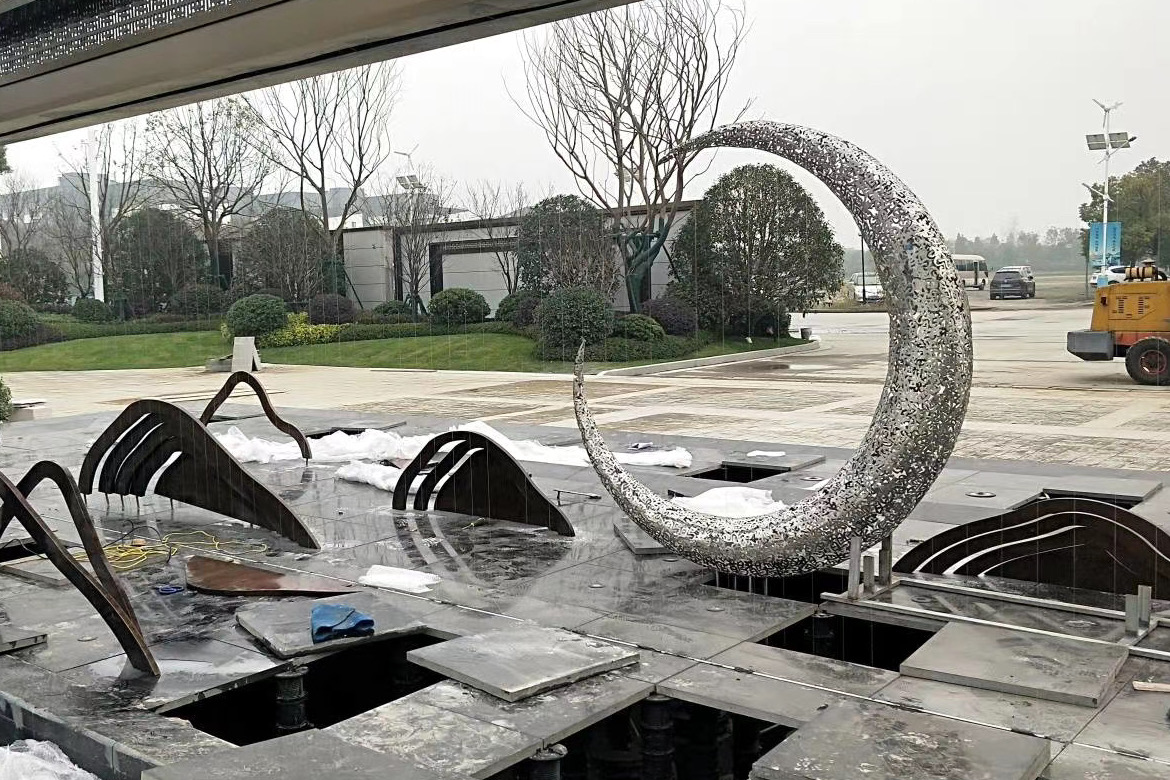
When it comes to sculpture, it seems that there are only western sculptures in people’s impression. Perhaps most people can name several western sculptors, such as Milon in ancient Greece, Michelangelo in Italy, Rodin in France; Or their representative works, such as The discus thrower, David, The Thinker, etc. However, most people do not know much about Chinese sculpture. At least compared with western sculpture, we know too little about the culture and art of our motherland.
In fact, like other ancient civilizations in the world, China’s sculpture art has a very long history, which can be traced back to at least 4000 BC. In addition, according to archaeological findings, in the early 1980s, there were reliefs of toads and snakes holding frogs and jade carvings on pottery jars found at the Chahai Site in Fuxin County, Liaoning Province. In the 1990s, a 19.7m long dragon shaped stone carving was cleared up at the settlement site. The artworks unearthed at these two historical sites are more than 8000 years old.
Ancient Chinese Sculpture
Ancient Chinese sculpture has a very rich heritage, and has also had a very brilliant period. The Tang Dynasty can be called an ideal period, which occupies a very important position in the history of world sculpture. However, due to the lack of systematic and detailed documentation and theoretical research, there was a fault in the development of the Ming and Qing Dynasties. As Mr. Liang Sicheng said in the History of Chinese Sculpture: “In our country, people who speak of art often mention both calligraphy and painting. Good ancient people sometimes talk about gold and stone, but their ideas about gold and stone are still based on calligraphy. Therefore, the market price of bronze wares in Yin and Zhou Dynasties is determined by the number of characters; the price of those with characters is dozens of times higher than those without words, and the beauty and ugliness of their forms are often ignored by buyers. Although the price of this money is not enough to be the standard for judging art, the view of ordinary people on gold and stone is already visible.
”In the early 20th century, China began to introduce the system of western sculpture creation and teaching, and borrowed western sculpture concepts, aesthetic experience and even sculpture terminology for teaching, creation and research. At that time, such measures did indeed play a positive role in promoting, but their side effects were also obvious. First, the originally unsystematic local sculpture research was merged by the western sculpture system, losing the face of the id, or even disappeared; The second is that a considerable part of Chinese traditional sculpture has been reduced to folk craft and craftsmanship in academic status, which has led to the emergence of the fallacy that “China has no sculpture”.
Contemporary Development of Chinese Sculpture
In fact, the Chinese civilization is an independent civilization. Although its development will have some lines and features similar to those of other civilizations, the overall development process may not be consistent. Therefore, it is indeed beneficial at the initial stage to observe Chinese sculpture with the relatively mature sculpture theory and evaluation system in the West. But we must also realize that the theoretical system of western sculpture cannot completely cover Chinese sculpture. The so-called “stones from other mountains can be used to attack jade”. Although we cannot build cars behind closed doors, there is no need to belittle ourselves. Only by standing at the height of the entire Chinese art history and adhering to certain principles of sublation can we better understand the traditional Chinese sculpture, and then experience the charm of Chinese culture, and promote the common development of contemporary Chinese sculpture creation and theoretical research.

